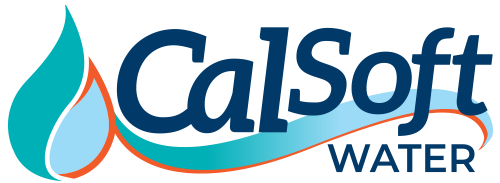Amid a push to prioritize public health in the U.S., the Environmental Protection Agency (EPA) has proposed replacing all lead water pipes within the next 10 years. This groundbreaking initiative addresses a widespread problem with water infrastructure that has plagued communities for years — decades, even.
As your trusted residential water treatment company, we’re excited about what this new proposal could mean for overall water quality. In this article, we’ll cover the importance of replacing lead pipes, the health risks of drinking contaminated water, and the benefits of installing a water filtration system in your home.
What is the EPA proposal about replacing lead pipes?
The Environmental Protection Agency (EPA) proposed to replace all lead pipes within 10 years — a monumental step in providing clean drinking water for all Americans. The presidential administration previously called the lead pipes a public health crisis and has announced $15 billion in funding to replace them.
The proposal includes adding regulatory measures and sampling protocols, which will help improve water safety and ensure consistency across water quality testing. The goal of the proposal is to reduce the health risks associated with lead contamination while investing in the future of water quality.
Why is it important to replace lead pipes?
Lead pipes are widely recognized as a hazard to our health, but only recently have they been confirmed as a main source of lead contamination in the U.S. Over time, these lead pipes deteriorate and leak traces of the poisonous metal into the water supply.
When lead is present in drinking water, the metal is consumed and absorbed into the body, which can pose severe risks to the nervous system, kidneys, and organs. Pregnant women and young children are the most vulnerable to health complications from lead contamination. Improving water quality in schools can help mitigate many of the risks of contamination.
What are the risks associated with lead contamination?
Drinking water that is contaminated with lead has been linked to severe health risks, especially in children. Lead exposure can cause developmental delays, learning disabilities, and behavioral problems. Even for adults, the stakes are high. Lead exposure in adults can lead to a range of serious health problems, including hypertension, reproductive system harm, neuropathy, and hearing loss.
Proactive measures to protect water quality are especially important considering that lead contamination is a silent danger and is hard to detect without actual testing. There is no “safe” level of lead exposure.
Which water filtration systems remove lead?
The EPA’s proposal to replace lead pipes is a much-needed initiative, but homeowners can take quick action to protect against lead exposure by installing the right water filtration system. Reverse osmosis is one of the most effective ways to remove lead from water, successfully eliminating 99.1% of lead and other contaminants.
RO filtration systems force water through a semipermeable membrane, filtering out even the smallest contaminant particles. The result is safe, clean, drinking water! Reverse osmosis systems are a cost-effective and convenient way to remove lead from drinking water, which may come in handy as the EPA’s proposal is being put into action.
Discover the power of advanced water filtration with CalSoft Water!
The EPA’s proposal to replace all lead pipes within the next 10 years is a huge step in the right direction, but the risks that come with lead contamination are happening now. An advanced water filtration system like reverse osmosis can help you take proactive steps to protect yourself and your household from exposure to lead and other contaminants.
Don’t wait around! Experience clean, safe, great-tasting water at home with a reverse osmosis filtration system from CalSoft. Contact us today for more information.

